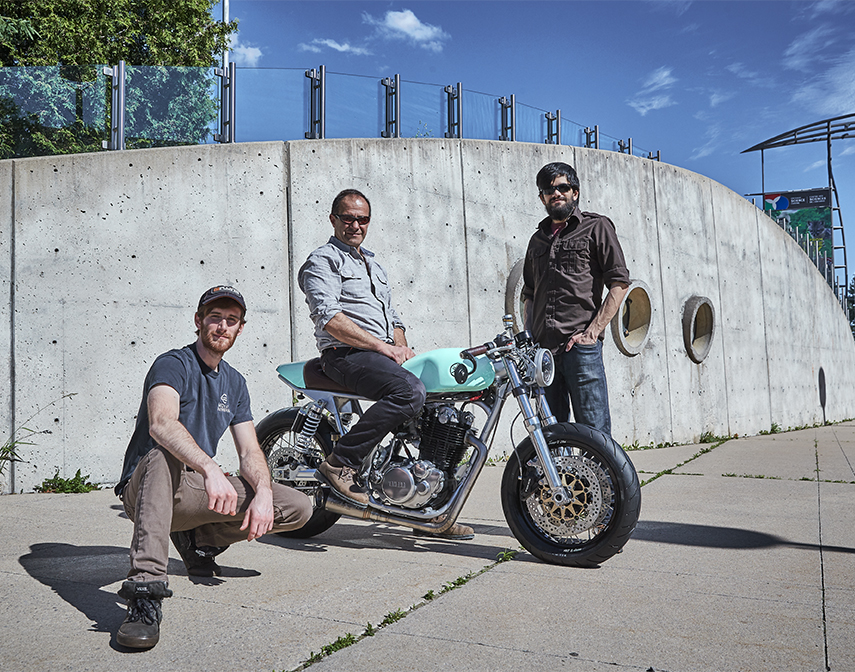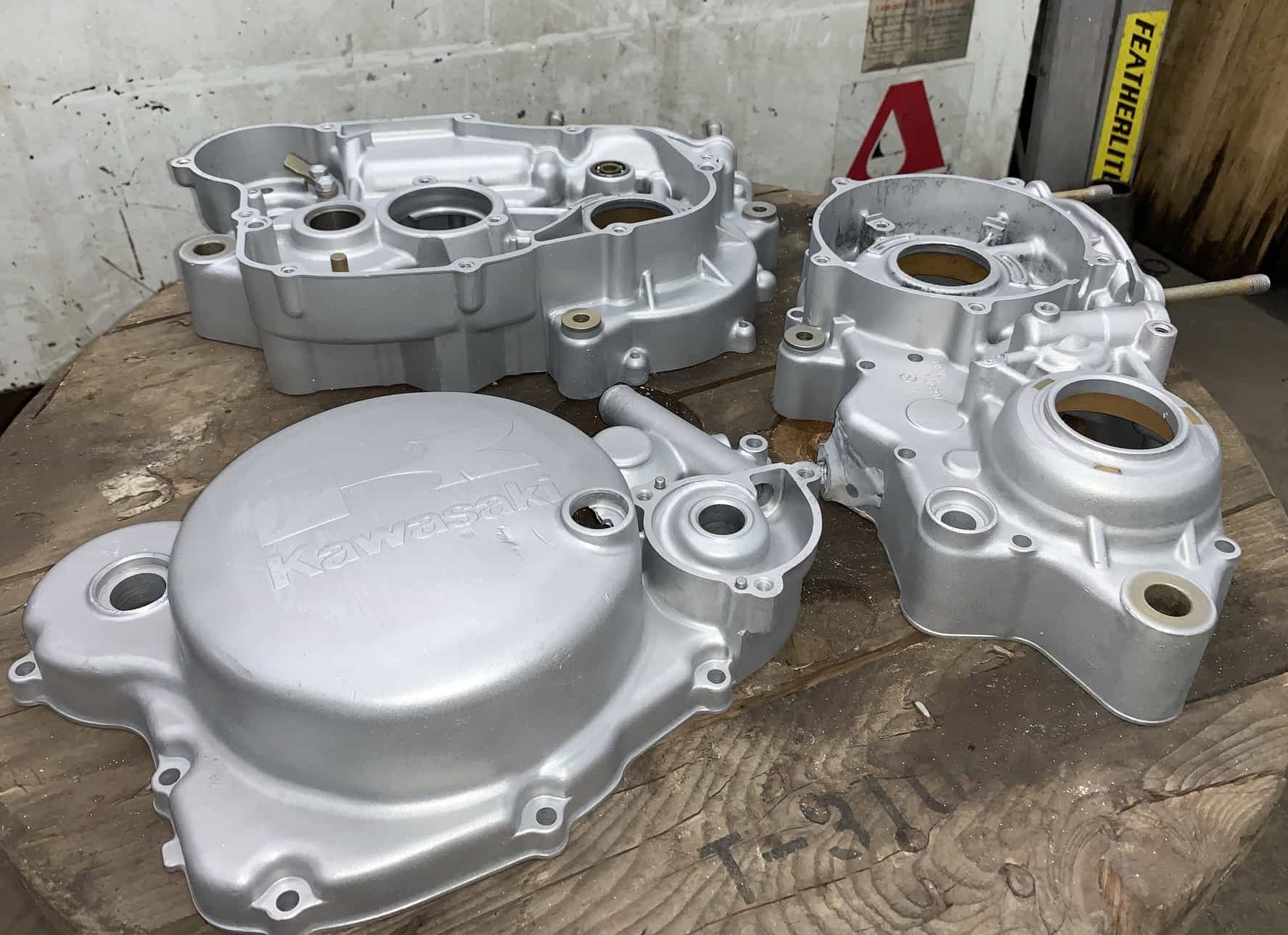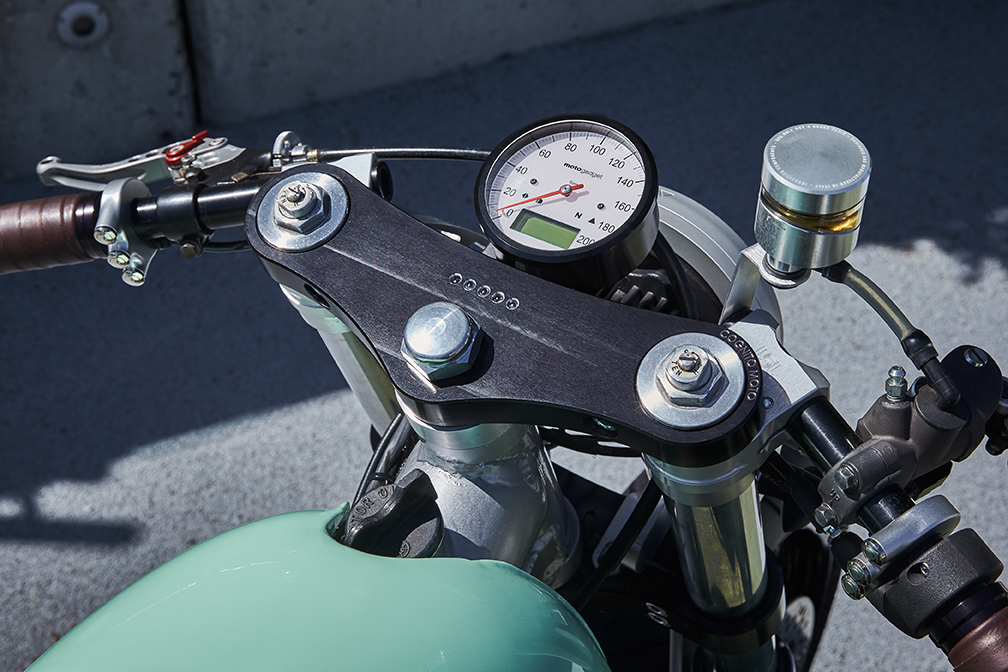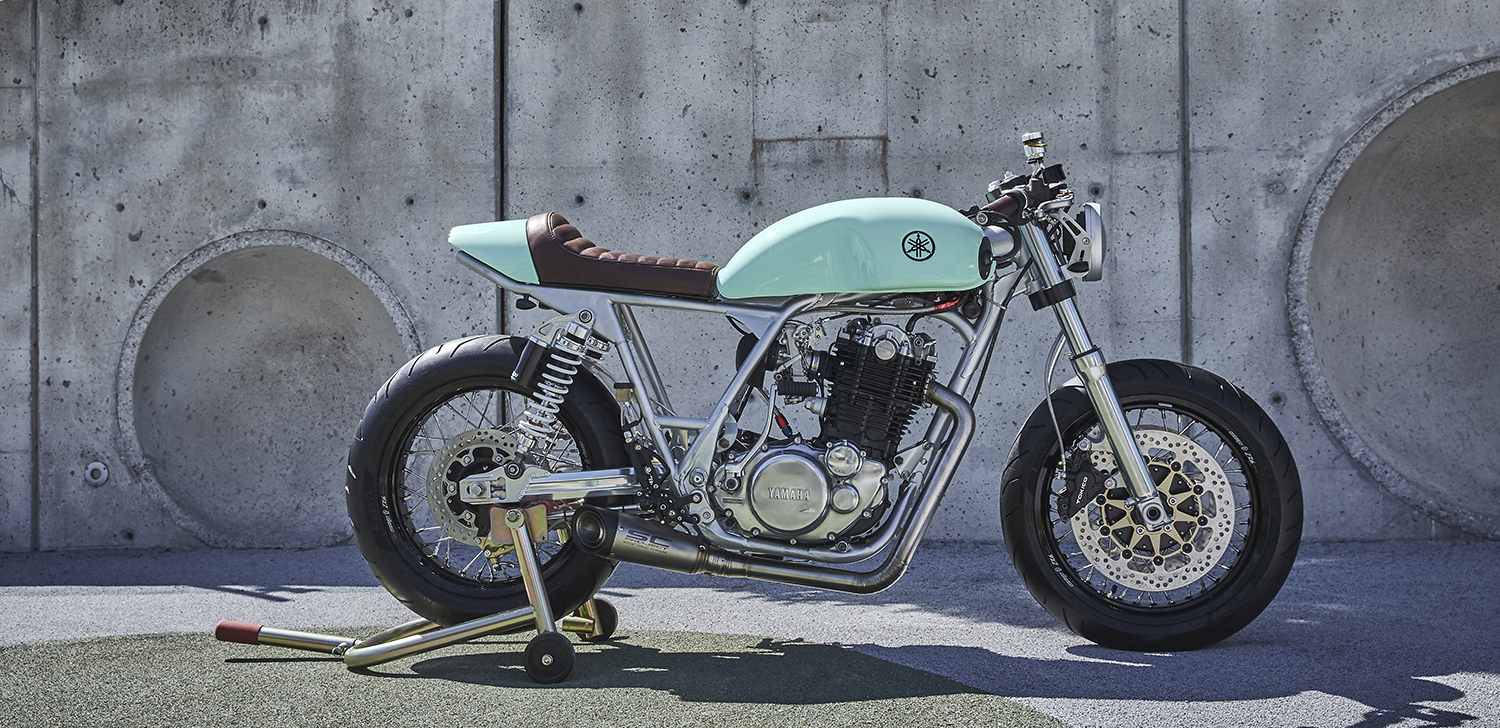Indeed, certain cleaning techniques will not be effective when it comes to heavy cleaning. For example, surface rinsing is ineffective in industrial settings because of the amount of dirt on the surface. However, when it comes to cleaning automobile components and other complex surfaces, utilizing vapor honing services is the most effective cleaning method.
Besides being efficient enough to satisfy industrial requirements, vapor blasting also reduces damage and polishes many surfaces.
In other words, what is vapor blasting? Well, we’ll get to the bottom of that question and many more below.
When Did Vapor Honing Services Start?
Rolls-Royce invented and initially developed vapor blasting during World War II. The researchers devised a technique for improving the surfaces, strengths, and finishes of turbine blades. This was to guarantee usage in jet aircraft engines as intended.
England decided that crystalline silica was unlawful in 1950. That was due to workers who had contracted the illness silicosis as a result of their job. Silicosis is a disease that causes severe respiratory difficulties and is incurable once you contract it.
Later in the 1950s, Norman Ashworth began working on the design of the first wet blasters. That marked the beginning of the era of dustless blasting methods in general.
In 1966, many European countries followed England’s example and adopted the Common Market. The prohibited use of crystalline silica in sandblasting was a result of health concerns.
They produced outdoor wet blasting equipment throughout Europe between the early 1970s and the late 1990s. However, wet blasting had a resurgence in 2000, and interest and use have continued to increase today.
What Is Vapor Honing?
Vapor Honing, often known as wet blasting, is a technique used to polish precise surfaces. To remove imperfections such as heat treat scaling, you add fine abrasives to the water, then sprayed onto the material at great speed. Vapor honing is also a great choice for removing very tiny scuffs and tool marks, as well as for applications that need a satin-smooth finish.
You have two types of surface preparation:
- Wet blasting
- Dry blasting
You can determine the preparation method used by:
- The substrate material
- The general condition
- The degree of preparation needed
- The coating type selected
One method is better than the other in certain situations. Let’s take a close look at the differences between sandblasting and vapor-honing.
Sandblasting or Abrasive Blasting
Abrasive blasting, also known as sandblasting, is a heavy-duty surface preparation technique. It includes propelling sand grains or other abrasive substances toward surfaces using compressed air.
Sandblasting produces a fresh surface profile that enhances contact between the base and the new layer of paint. As a result, the protective coatings will last longer. But, in addition to that it:
- Removes old paint
- Removes dirt
- Removal of pollutants
- Rust removal
- Corrosion removal
Before you sandblast, it is essential to properly configure the blasting equipment and choose the appropriate blasting medium for the application.
Media Used in SandblastingAbrasives can be divided into two categories, basically hard abrasives and soft abrasives. Hard abrasives are used on hard metal alloy and steel items and include:
- Aluminum oxide
- Silicon carbide
- Glass beads
- Steel grains
- Steel grit
Whereas soft abrasives are used in paint, contaminant, and dirt removal and include:
- Plastic beads
- Walnut shells
- Baking soda
While sandblasting is a very effective surface preparation technique, it often needs a significant quantity of blasting media and generates a lot of dust. As a result, sandblasting procedures, depending on the details of each job, may substantially raise the total cost of an industrial paint job and contribute to additional waste that must be disposed of.
Furthermore, safety must be taken into account. For example, industrial painters doing sandblasting procedures should use proper protection, such as respiratory protection and hearing protection. In addition, appropriate dust collection methods are needed in enclosed areas to avoid fires caused by dust buildup.
Vapor Blasting or Honing
Vapor honing is a non-aggressive surface preparation method designed for applications that need smoother finishes. This method removes dirt, pollutants, tarnish, rust, and old paint from various surfaces by blending a thin layer of water with small blasting particles.
Vapor blasting minimizes the level of surface distortion and produces a high-quality finish. This is due to the jet of water and the blasting material having a delicate cleaning impact even on sensitive surfaces. Water also serves as a cleansing agent, preventing blasting material from accumulating on the area being prepped.
Vapor blasting uses less abrasive material than sandblasting. So it’s a cheaper surface prep alternative. A small layer of water also reduces dust emissions, reducing environmental dust. This reduces the effect on adjacent activity.
Since vapor honing is an ecologically beneficial way of achieving pollutant surfaces while using little water, it has become the preferred approach for many painting jobs.
Safety in Vapor HoningIn terms of safety, vapor honing may be performed in both open and enclosed areas. This requires little or no protective equipment. Additionally, it prevents the possibility of accumulated dust that can result in fires.
When it comes to delivering a high-quality surface free of oil, corrosion, factory coatings, and other impurities, vapor-honing is the way to go. In addition, surfaces such as aluminum, chromium, and steel are left with a silk finish at the end of the procedure.
Shiny and Silky Soft to the Touch!
As you can see, vapor honing services provide several advantages. First, vapor blasting is the finest method for maintaining and sterilizing certain areas.
Additionally, if you have employees continuously working on these projects, you want to ensure their safety and well-being.
So, why not contact us if you have a custom build or restoration? We can assist you by supplying high-quality components, vapor honing, or simply by offering information or assistance.




